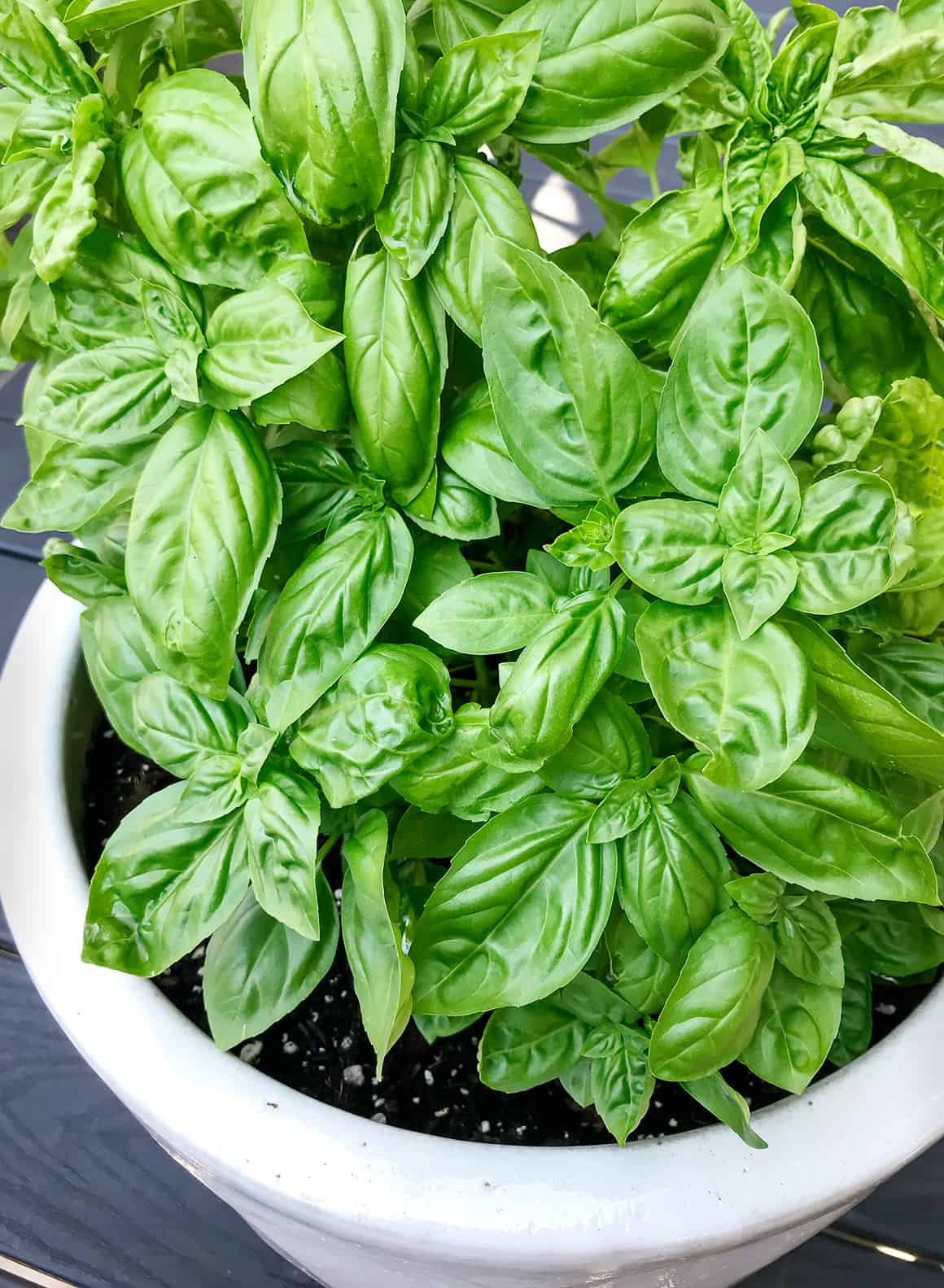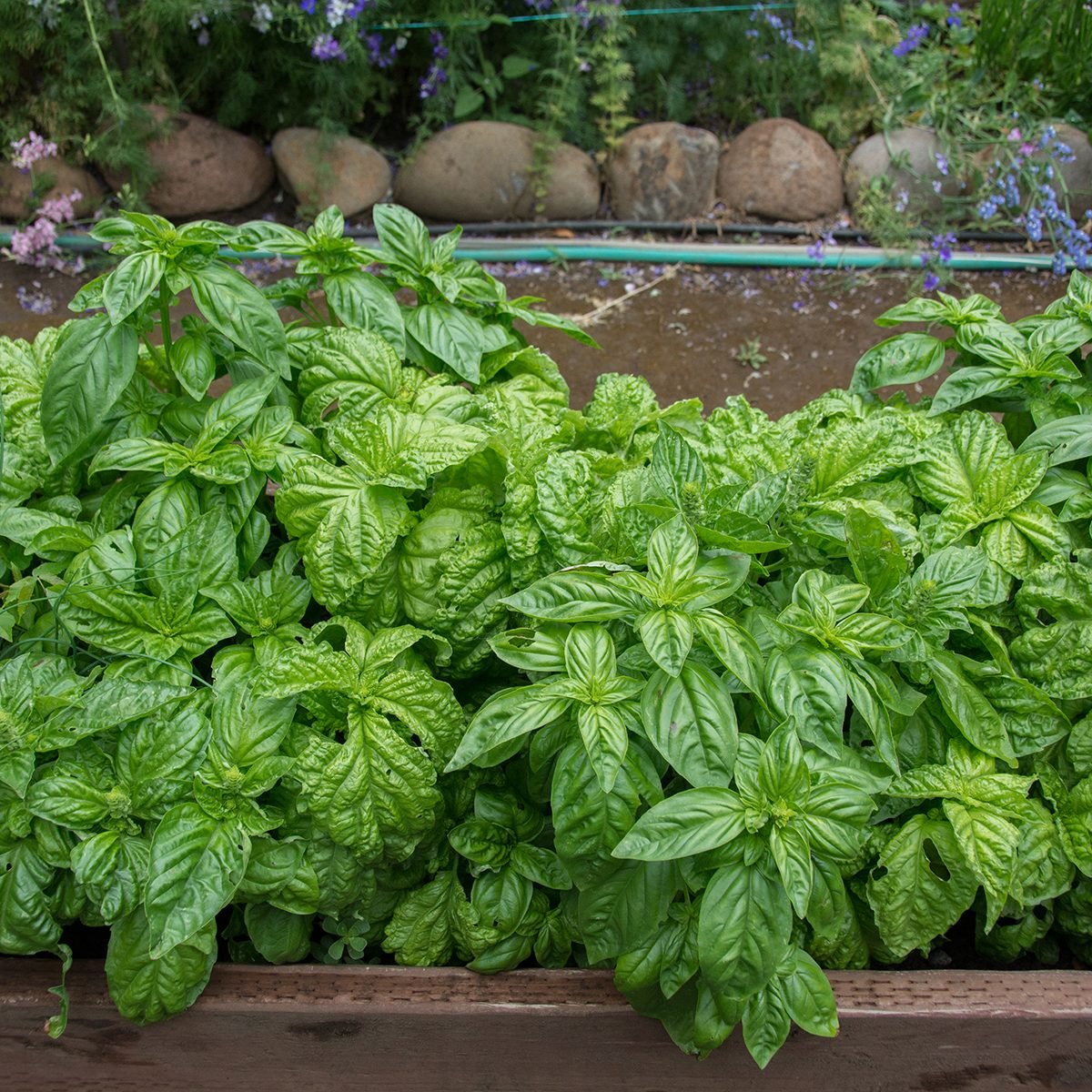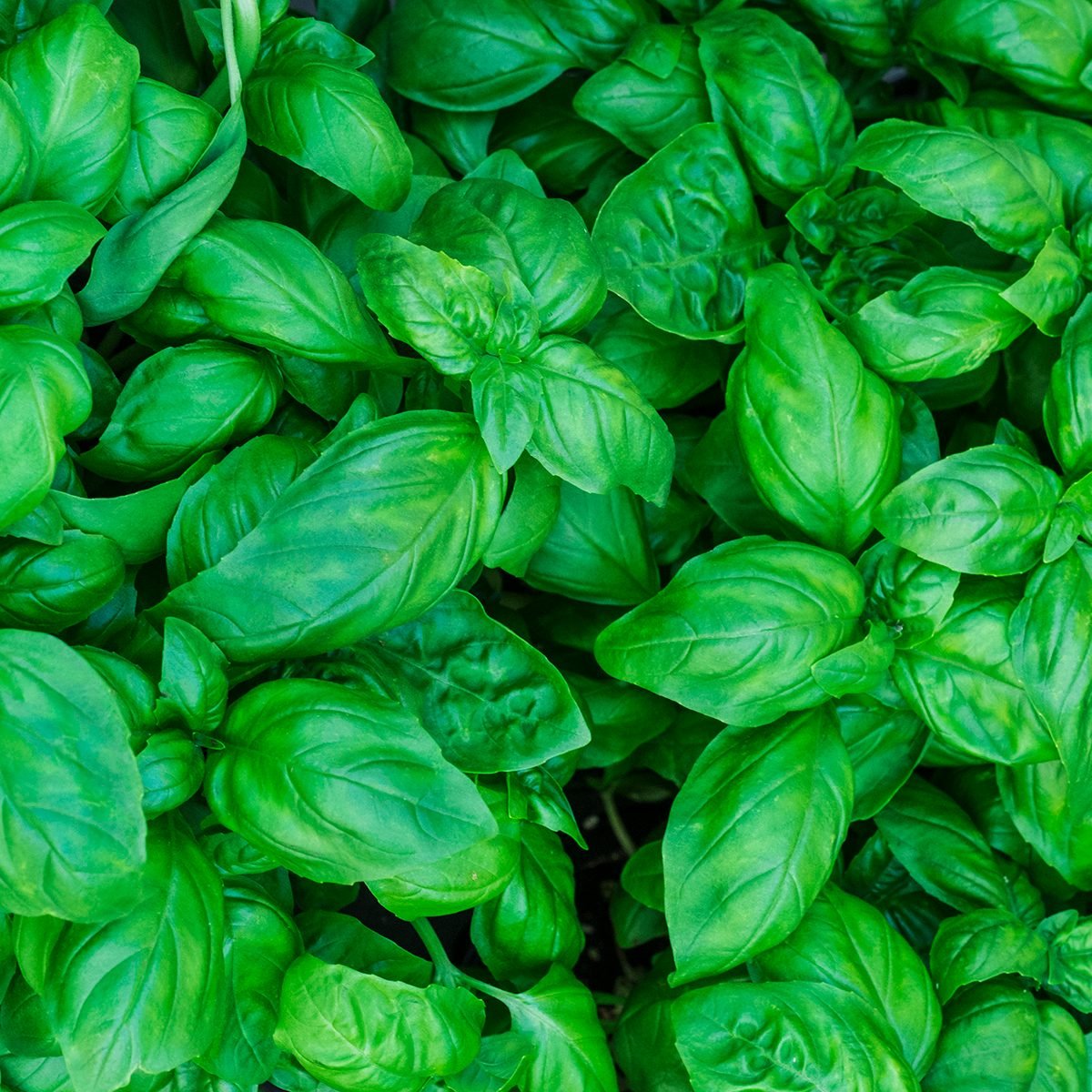Basil Fomanka has been making waves in culinary circles, but who exactly is this mysterious figure? If you're anything like us, you're probably wondering what Basil Fomanka brings to the table. Well, let's start with the basics. Basil Fomanka isn't a person, but rather an intriguing mix of culinary art and cultural history tied to the beloved herb, basil. This isn't just any herb; it's a plant with roots deeply embedded in the traditions of Asia and Africa, and it's become a staple in kitchens worldwide.
Now, you might be asking yourself, why the fuss about basil? Basil Fomanka, in its essence, is about celebrating this plant’s versatility. Whether it's the peppery taste or the aromatic leaves, basil has a lot to offer. Plus, it's easy to grow, whether it’s in your backyard or on your kitchen windowsill. It’s a plant that truly gives back, offering not just flavor but potential health benefits too.
In some respects, Basil Fomanka is a term that could symbolize the fusion of culinary traditions and the modern kitchen. By understanding how basil has traveled across continents and adapted to different cooking styles, we can appreciate its journey more deeply. So, let's explore what makes basil so special and how it might be influencing the way we cook and eat today.
Table of Contents
- Biography - What is Basil Fomanka?
- Where Does Basil Come From?
- How Can You Use Basil in Cooking?
- What Are the Different Varieties of Basil?
- Can Basil Improve Your Health?
- How to Grow Basil Fomanka?
- How Should You Store Basil?
- Why Celebrate Basil Fomanka?
Biography - What is Basil Fomanka?
Alright, let's break it down. Basil Fomanka isn't a person, but rather a fascinating concept tied to the herb basil. This plant, known scientifically as Ocimum basilicum, is part of the mint family. It's originally from India, but it's now celebrated globally for its fragrant leaves and culinary versatility. So, in a way, Basil Fomanka might represent the cultural and culinary journey of basil itself.
Here’s a bit more on basil:
| Scientific Name | Ocimum basilicum |
|---|---|
| Family | Mint |
| Origin | India |
| Common Uses | Cooking, Health Benefits |
Where Does Basil Come From?
So, let’s talk about where this plant comes from. Basil is originally from India, yet its journey has taken it across continents. It’s a plant that thrives in warm climates, which explains its spread across Asia and Africa. Basil Fomanka could be seen as a nod to this global journey, celebrating the plant's adaptability and resilience. It’s almost like basil found its way into kitchens worldwide by simply being itself—versatile and flavorful.
Why Is Basil Fomanka Linked to India?
Basil's roots in India are pretty significant. The plant has been part of Indian culture for centuries, used not just in cooking but also in religious ceremonies. Basil Fomanka could be a way of acknowledging this rich heritage, bringing together the plant’s ancient origins with its modern-day uses. It's kind of like a bridge between the past and present, showing how traditions can evolve while staying true to their roots.
How Can You Use Basil in Cooking?
Now, let’s get into the kitchen. Basil is a star ingredient in many dishes, adding a burst of flavor with its peppery taste and fragrant leaves. Whether you're making a fresh salad, a hearty pasta dish, or even a smoothie, basil can be a game-changer. Basil Fomanka might just be the inspiration you need to experiment more with this versatile herb.
Here are a few ideas:
- Make a classic pesto sauce
- Add fresh basil leaves to your sandwiches
- Toss it into soups for an aromatic twist
What Makes Basil So Special in the Kitchen?
Basically, basil is special because it adds a unique dimension to any dish. Its flavor is both sweet and spicy, making it a versatile choice for a variety of recipes. Basil Fomanka could be all about experimenting with these flavors, finding new ways to incorporate basil into your cooking. It's really about letting your creativity run wild in the kitchen.
What Are the Different Varieties of Basil?
You might be surprised to learn that there are many different types of basil. Some are spicy, others are sweet, and a few have a hint of cinnamon. Basil Fomanka could be a celebration of this diversity, highlighting the various ways basil can be used. For example, cinnamon basil has a unique scent thanks to the cinnamate in its leaves, making it perfect for desserts or spicy dishes.
Can You Identify Different Basil Varieties?
Sure, it’s actually pretty easy. Just take a look at the leaves. Some are large and smooth, others are small and ruffled. Each variety has its own distinct flavor, so it's all about finding the one that suits your taste. Basil Fomanka might be the perfect excuse to try out a few different types and see which ones you like best.
Can Basil Improve Your Health?
Besides being delicious, basil also has some potential health benefits. It might help prevent chronic diseases like cancer and heart disease, and it’s good for blood pressure and blood sugar. Basil Fomanka could be about more than just cooking; it could be about embracing a healthier lifestyle. It’s almost like basil is nature’s gift to our well-being.
How Does Basil Contribute to Health?
Well, basil contains antioxidants that can reduce oxidative stress, which is a fancy way of saying it helps protect your cells. Plus, it supports cardiovascular health, making it a pretty powerful plant. Basil Fomanka might just be the motivation you need to incorporate more of this herb into your diet, not just for flavor but for health too.
How to Grow Basil Fomanka?
Growing basil is easier than you might think. You can start seeds indoors and then move them outside when the weather warms up. It’s a plant that loves sunlight, so make sure it gets plenty of it. Basil Fomanka could be about sharing tips and tricks for growing basil, helping you get the most out of your gardening experience.
Here’s a quick guide:
- Start seeds indoors in early spring
- Transplant outdoors after the last frost
- Water regularly and prune as needed
Why Should You Grow Basil Fomanka?
Grow basil because it’s rewarding! Watching it flourish can be incredibly satisfying, and having fresh basil on hand makes cooking so much easier. Basil Fomanka might just be the push you need to start your own little basil garden. It’s really about connecting with nature and enjoying the process of growing your own food.
How Should You Store Basil?
Storing basil properly is key to keeping it fresh. You can keep it in a glass of water on your kitchen counter, just like a bouquet of flowers. Or, if you prefer, you can store it in the fridge wrapped in a damp paper towel. Basil Fomanka might be all about sharing these tips to help you make the most of your basil supply.
What’s the Best Way to Store Basil?
Really, it depends on your preference. Some people like the convenience of having it on the counter, while others prefer the fridge for longer storage. Either way, it’s all about keeping your basil fresh and ready to use. Basil Fomanka might just be about finding the method that works best for you.
Why Celebrate Basil Fomanka?
Celebrating Basil Fomanka is about embracing the joy of cooking with basil. It’s about exploring new recipes, trying different varieties, and understanding the health benefits this plant offers. It’s kind of like throwing a party for your taste buds, inviting basil to be the star of the show. So, go ahead and celebrate Basil Fomanka in your own way, whether it’s by growing your own basil or experimenting with new recipes.
In short, Basil Fomanka is a celebration of basil in all its forms. From its origins in India to its current status as a global culinary favorite, basil has a lot to offer. Whether you're growing it, cooking with it, or simply enjoying its health benefits, basil is a plant that deserves our attention and appreciation.



